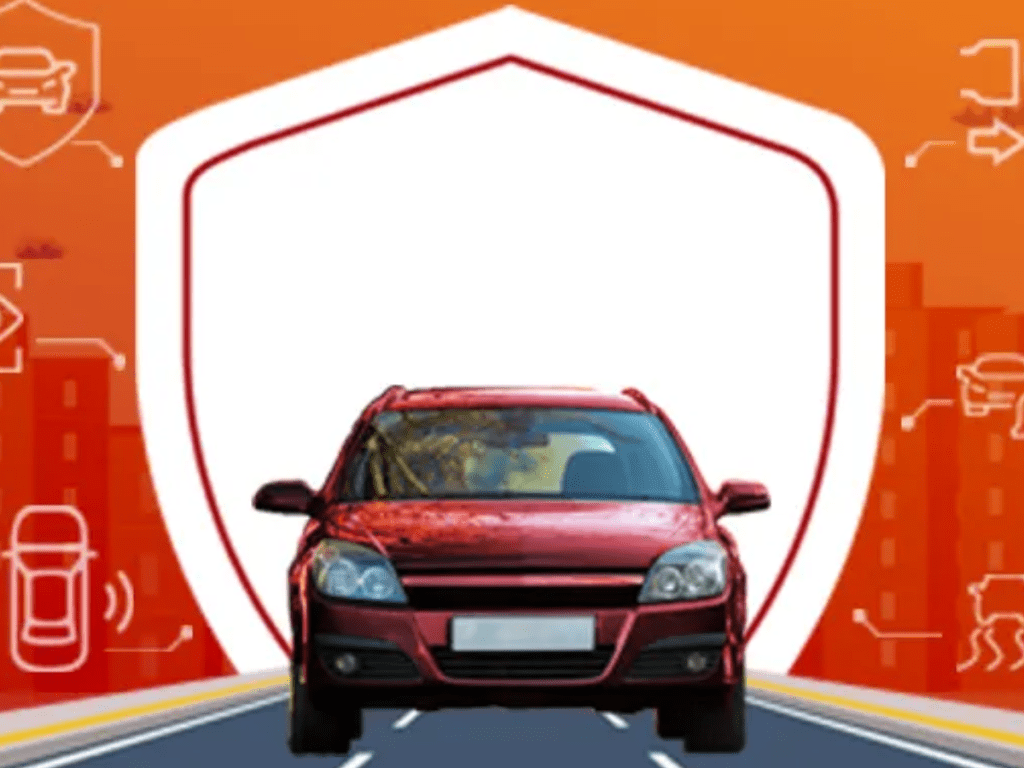Introduction
In today’s world, owning a car is a necessity for many, and having an understanding of how auto insurance and loans interact is essential for maintaining financial stability. Whether you’re purchasing your first vehicle or upgrading to a new one, understanding the relationship between auto insurance and car loans is crucial. These two elements work hand-in-hand, ensuring that you can finance your vehicle while also protecting it. In this comprehensive overview, we will explore the connection between auto insurance and loans, and how both play a critical role in your car ownership experience.
The Basics of Auto Insurance
Auto insurance is a contract between a car owner and an insurance company. This contract provides financial protection in the event of an accident, theft, or damage to the vehicle. Auto insurance policies typically include several types of coverage, such as liability, collision, and comprehensive coverage.
- Liability Insurance: This is the most basic form of auto insurance required by law in most places. It covers damages to other vehicles or property if you’re at fault in an accident.
- Collision Coverage: This insurance pays for damages to your own vehicle caused by an accident, regardless of fault.
- Comprehensive Coverage: This covers non-collision-related damages, such as those caused by theft, vandalism, natural disasters, or hitting an animal.
The cost of auto insurance is determined by several factors, including the type of coverage, the vehicle’s make and model, the driver’s age, driving history, and geographical location.
Understanding Auto Loans
An auto loan is a type of installment loan that individuals take out to finance the purchase of a vehicle. When you get an auto loan, you borrow money from a lender (such as a bank, credit union, or finance company) to pay for the car, and in return, you agree to repay the loan in monthly installments over a set period, typically ranging from 36 to 72 months.
There are two key aspects of an auto loan:
- Principal Amount: This is the total amount borrowed to purchase the vehicle.
- Interest Rate: The interest rate is the cost of borrowing, which is applied to the principal balance over time.
Auto loans often require a down payment, which is a portion of the car’s purchase price that you pay upfront. The lender then finances the remaining balance, and you make monthly payments until the loan is paid off. The car itself serves as collateral for the loan, meaning that if you fail to make payments, the lender can repossess the vehicle.
The Relationship Between Auto Insurance and Auto Loans
While auto insurance and loans are distinct financial products, they are often interrelated, especially when it comes to car financing. Here’s how these two elements work together:
- Insurance Requirements for Auto Loans When you take out an auto loan, the lender will likely require you to carry full coverage insurance on the vehicle. This is because the car serves as collateral for the loan, and the lender wants to protect its investment. Full coverage typically includes both collision and comprehensive insurance, which ensures that the vehicle is protected from both accidents and non-collision-related incidents like theft or natural disasters. The lender’s requirement for full coverage insurance helps mitigate the risk of financial loss for both parties. If your car is damaged or totaled in an accident, the insurance will pay for repairs or a replacement vehicle, preventing the lender from losing the remaining loan balance.
- Minimum Coverage vs. Full Coverage If you own your car outright and have no loan, the law generally only requires liability insurance, which covers damage to others’ property and medical expenses in the event of an accident. However, when you have an auto loan, the lender will require you to carry more comprehensive insurance. This is because the lender has a financial stake in the vehicle and wants to ensure that the car’s value is protected. If the car is damaged or stolen, the lender may want to recover the cost of the loan, which is why full coverage is often mandated. If the car is totaled, the insurance payout will first go to the lender to cover the remaining loan balance, and if there is any remaining amount, it will go to you.
- Gap Insurance: An Important Addition Even with full coverage, there is a risk that the insurance payout may not be enough to cover the remaining balance of the loan if the car is totaled. This can happen if the vehicle depreciates faster than the loan balance decreases, leaving you with a “gap” between what the insurance company pays and what you owe on the loan. To mitigate this risk, you can purchase gap insurance. This type of coverage is designed to pay the difference between what you owe on your loan and the insurance payout if your car is totaled or stolen. Gap insurance is especially important for new cars, which tend to depreciate rapidly in the first few years. Some lenders may offer gap insurance as part of the loan package, while others may allow you to purchase it separately through your insurance provider.
- Impact of Insurance Claims on Loan Repayment If you file an insurance claim due to an accident or other covered event, and the insurance payout is used to pay off part or all of your loan, this can affect your loan repayment schedule. For instance, if your car is totaled and the insurance payout covers the loan balance, the loan will be considered paid off, and you will no longer owe money on it. However, if there is a remaining balance after the insurance payment, you will need to work with your lender to settle the difference, which could involve negotiating a lower payment or seeking financial assistance.
- Protection Against Unforeseen Events Auto insurance and auto loans also work together to provide protection against unforeseen events that might otherwise leave you financially vulnerable. For example, if you are involved in a serious accident and are unable to work, you may struggle to make your loan payments. In such cases, your insurance can help cover the repair or replacement of your car, while the loan agreement may allow for deferred payments or adjustments to the repayment schedule. However, it’s important to understand that insurance does not typically cover lost income or loan payments, so you may still need to consider other financial safety nets.
- The Role of Loan Term and Insurance Costs When considering both auto loans and insurance, it’s important to keep in mind that the term of your loan can impact the cost of your insurance. A longer loan term means lower monthly payments, but it can also result in paying more interest over time. Similarly, the cost of insurance is often higher for newer cars or cars with higher value, as these vehicles require more expensive coverage. If you are financing a vehicle with a loan, the overall cost of the car (including interest and insurance premiums) can significantly affect your budget. It’s important to balance your loan term, monthly payments, and insurance costs to ensure that you can comfortably afford both without straining your finances.
- The Importance of Regularly Reviewing Your Insurance Policy As your car loan progresses and you make payments, the value of your vehicle will depreciate, and the loan balance will decrease. Over time, you may find that you no longer need as much coverage. For example, once your loan balance is paid off, you may choose to drop collision coverage or reduce your comprehensive coverage. It’s essential to review your insurance policy regularly to ensure that you are not over-insured once your loan balance decreases. Some lenders may allow you to reduce your insurance coverage once you have paid off a certain percentage of the loan, while others may still require full coverage until the loan is completely paid off. Be sure to check with your lender to confirm any changes to your insurance requirements.
Conclusion
In conclusion, auto insurance and auto loans are intertwined elements of car ownership that work together to protect both the car owner and the lender. Auto insurance ensures that your vehicle is covered in the event of an accident or damage, while an auto loan provides the financing needed to purchase the car. Understanding how these two components interact is

